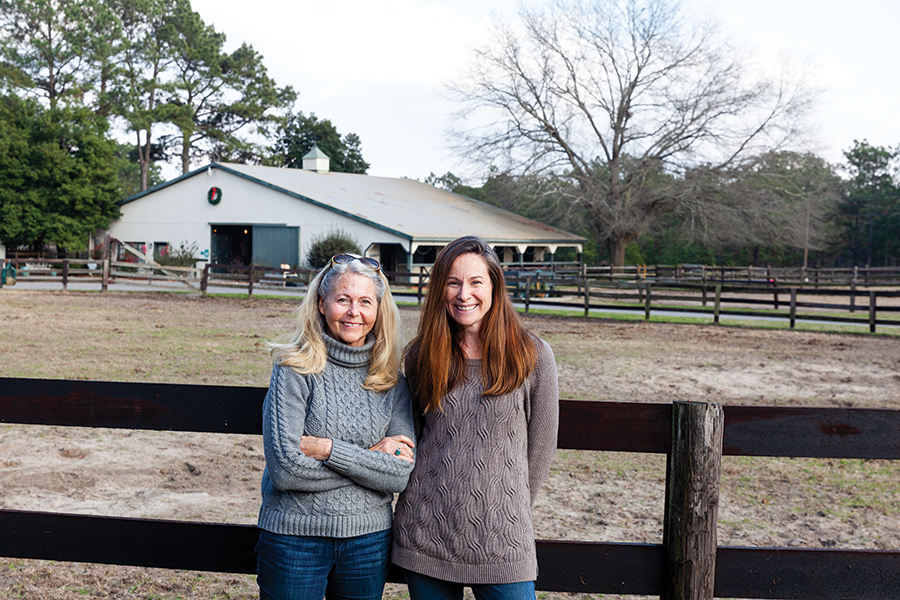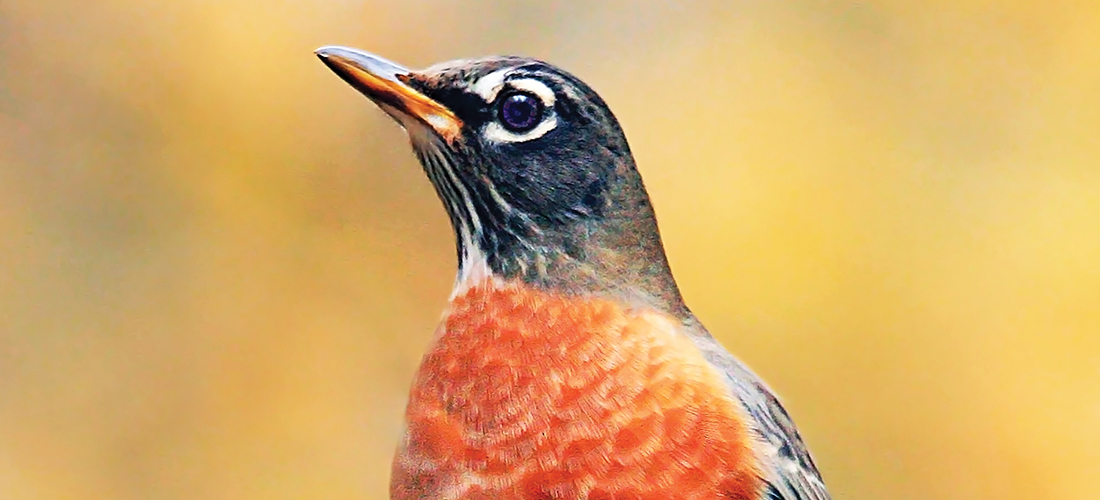Lion’s Share
A touch of fungus for the brain
By Jan Leitschuh
What if there was a mushroom that might repair our aging brains? What if this mushroom tasted a little like lobster, was quite hard to find in grocery stores yet crazy-easy to grow?
Lion’s mane mushroom, Hericium erinaceus, is a goofy, scruffy, spongy, snowball-shaped fungus one wouldn’t immediately identify as an edible mushroom. Lacking the typical stem and cap, the soft white spines emerge from a meaty white core like a lion’s mane. Funny-looking or not, it has been used for millennia in Asia, and is still deeply revered there as a medicinal food that brings vigor to the aging, aids cognition and fights cancer.
It is rare to find fresh lion’s mane mushroom in grocery stores. Sometimes, Asian markets will offer them, or a large farmers market. One can buy powdered extracts online, but for fresh, your best bet is to grow your own. I got my kit locally, from Carolina Mushroom Growers (CMG) of Willow Springs. The former hog farm now markets fresh ’shrooms to area restaurants, and sells quarts of fresh mushrooms and pre-made kits every weekend at the North Carolina State Farmers Market in Raleigh.
Lion’s mane mushroom “is what I like to call a ‘hairy mozzarella,’” says grower Shahane Taylor, 34, of CMG.
Though odd in appearance, lion’s mane is both eminently edible and beneficial for our bodies. It’s one of the easiest mushrooms to raise from a kit, and homegrown mushrooms are especially helpful for engaging children, for kitchen gourmets or for those without much land for growing who still enjoy playing with edible Mother Nature.
With the outdoor growing season at least a month or two off, a spring-hungry kitchen gardener might choose to order a kit and raise up a few pounds of these otherwise expensive fungi, also called hedgehog or pompom mushrooms. To avoid getting too deep into the weeds of growing edible mushrooms, beginners will probably have their best luck via a pasteurized and pre-colonized bag of hardwood chips and white, fungal mycelium.
Your bag will have a slit or three. Many slits mean smaller ’shrooms, so stay under three. Good light is essential to a plentiful crop. The bags need brightness to fruit, so if not a sunny window, bright lights will do. Adequate humidity will also contribute to success.
Simply follow the directions, wait a few weeks, and harvest large, fresh, white, brain-like softballs of gourmet mushrooms. Get out the butter and pan-fry. Then, do it again, getting a second “flush” from the same kit.
You may have observed the characteristic lion’s mane, native to North America, tendrils or soft spines on a hike. Lion’s mane enjoys decaying hardwoods as a substrate. “This fungi is king of the forest,” says Taylor. “So when you encounter one just know you’re in the presence of royalty.”
I have seen these funny fungi growing on hardwood logs in damp mountain areas in Western North Carolina and, intrigued, recently decided to try a growing kit myself (not trusting my wild-mushroom identification powers enough to wager my liver on it).
The curious health benefit? Lion’s mane mushrooms contain bioactive substances that have beneficial effects on the body, especially the brain, heart and gut. The mushroom is being studied in connection with Alzheimer’s and Parkinson’s diseases.
“Did I mention it’s also a nootropic?” says Taylor. Nootropic: a substance said to increase cognitive abilities. Mmmm, let’s have us some of that.
Typically, the brain’s ability to grow and form new connections declines with age. Yet studies have found that lion’s mane mushrooms, a traditional Chinese medicine stalwart, contain two special compounds that can stimulate the growth of brain cells: hericenones and erinacines, terms derived from the mushroom’s Latin name. Who couldn’t use a few more brain cells, especially after a misspent youth? Asking for a friend . . .
A 2012 study in Malaysia suggested that consuming lion’s mane mushrooms could assist in the regeneration of nerve cells from peripheral nerve injury, and from some types of brain and spinal cord injuries, by stimulating the growth and repair of nerve cells.
Lion’s mane extract may also help reduce the severity of brain damage after a stroke. In one study, high doses of lion’s mane mushroom extract given to rats immediately after a stroke helped decrease inflammation and reduce the size of stroke-related brain injury by 44 percent.
Other animal studies found that lion’s mane improved the functioning of the hippocampus, a region of the brain responsible for processing memories and emotional responses. Researchers suspect that improved functioning of the hippocampus explained the interesting reductions in anxious and depressive behaviors in mice given these extracts.
A study in older adults with mild cognitive impairment found that consuming three grams of powdered lion’s mane mushroom daily for four months significantly improved mental functioning, However, they say these benefits disappeared when supplementation stopped.
Another study in Japan, using men aged 50-80 years old with mild cognitive impairment, also suggested that lion’s mane is effective at improving cognition. Subjects were split into two groups and half were given dry powdered lion’s mane three times a day and observed over 16 weeks. At weeks eight, 12 and 16, the group taking lion’s mane scored significantly better on a cognitive test than the half in the placebo group
Additionally, animal studies have found that lion’s mane may help the brain protect itself against Alzheimer’s disease. Besides reducing symptoms of memory loss in mice, lion’s mane mushroom and its extracts have also been shown to prevent neuronal damage caused by amyloid-beta plaques, which accumulate in the brain during Alzheimer’s disease.
This is your mouse’s brain on lion’s mane. Any questions?
While it appears to boost mental function in humans too (judging by Amazon reviews for online powdered products), no human studies have yet examined the benefits in battling Alzheimer’s disease. But it’s a simple food, and according to a host of research, lion’s mane has been found to slow the progression, or even reverse the spread, of a variety of cancers, such as gastric, lung, leukemia, breast and colon cancers.
And, as part of its powerful anti-inflammatory nature, lion’s mane may improve our heart health and digestive system, lowering triglycerides and shrinking gastric ulcers. These fluffy ’shrooms also boost the immune system, lower blood sugar, reduce anxiety and contain powerful free-radical-fighting antioxidants that help protect our liver and skin.
And it tastes good too?
Thanks to its solid consistency when sliced and subtle maritime flavor, lion’s mane can be used as a seafood substitute in recipes. Slice the fungal “brain” into rounds and pan-fry it in olive oil or butter, or try ripping it up and making “Lion’s Mane Cakes” by following your favorite crab cake recipe — using the lion’s mane as a substitute for the crabmeat. Your favorite vegan will thank you.
Many say this mushroom pairs well with brown rice, lentils or quinoa, especially with a few flavorful veggies such as onions, garlic, ginger and fresh bell pepper — or any vegetable you think might pair well with shrimp or crab — for seasoning. The flavor is mild, and will pick up the flavors of its companions.
To harvest, slice or twist a softball-sized “brain” off the grow bag. It will keep a day or two in a fridge crisper in a paper bag, but no longer. Best to cook and freeze, if you can’t eat your harvest all at once.
Slice this monster mushroom into half-inch “steaks,” as the interior is solid and meaty. Excess water may ruin your intended dish, since this mushroom can be water-filled under some conditions. So, using a dry pan, cook the steaks for 3-5 minutes a side to drive out excess moisture. Add butter to the pan and finish cooking them until golden brown.
For information on local lion’s mane (and other) mushroom-growing kits, contact Carolina Mushroom Farm at (919) 593-2164. PS
Jan Leitschuh is a local gardener, avid eater of fresh produce and co-founder of the Sandhills Farm to Table Cooperative.


























